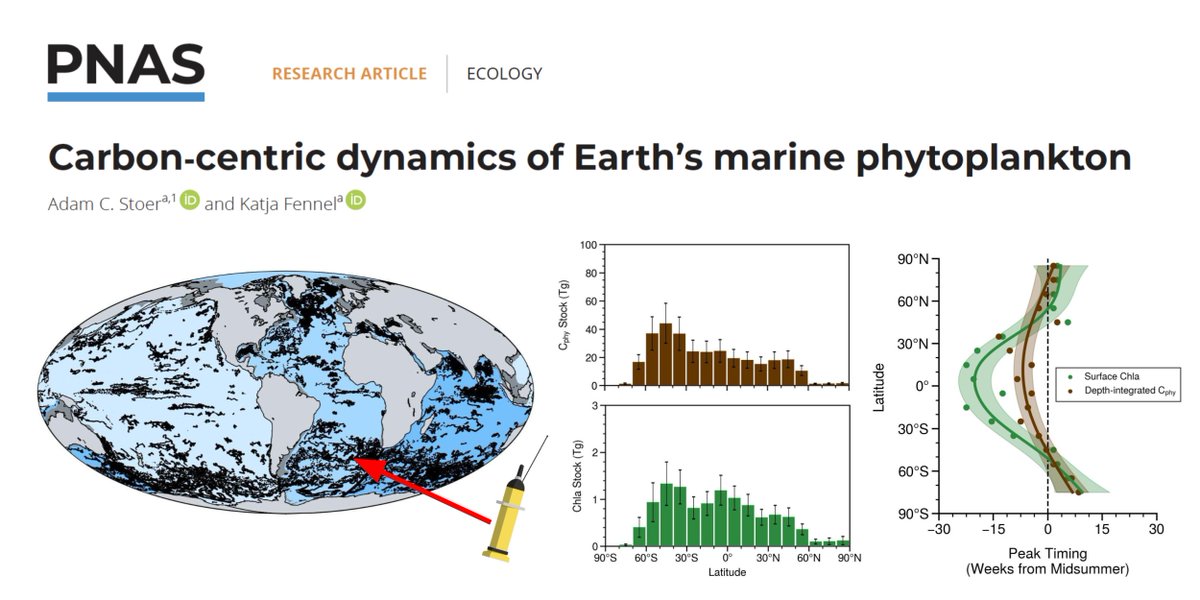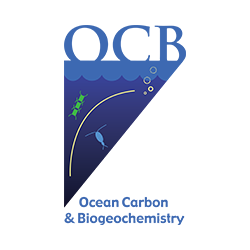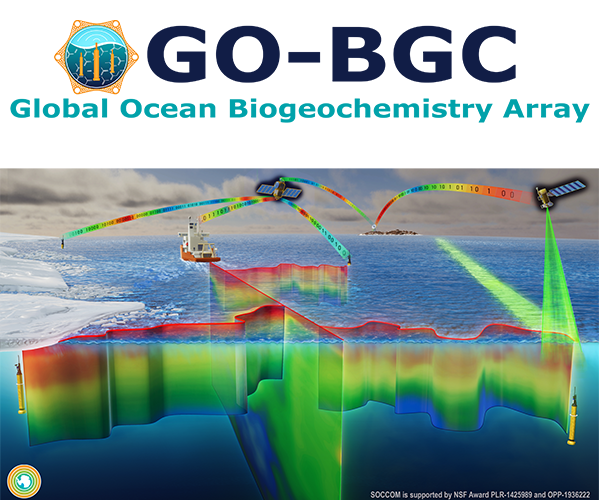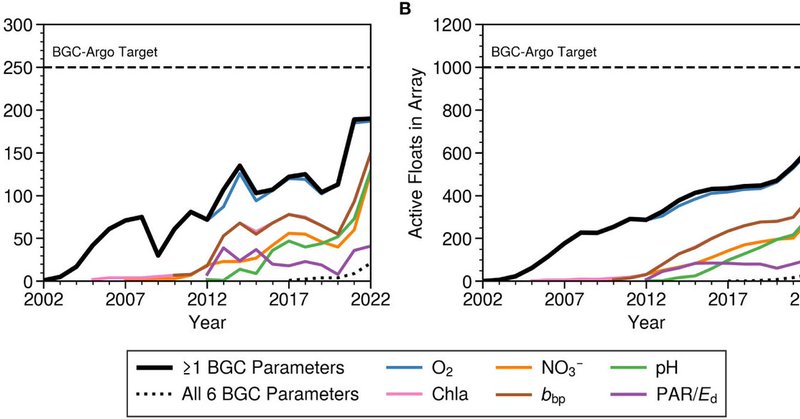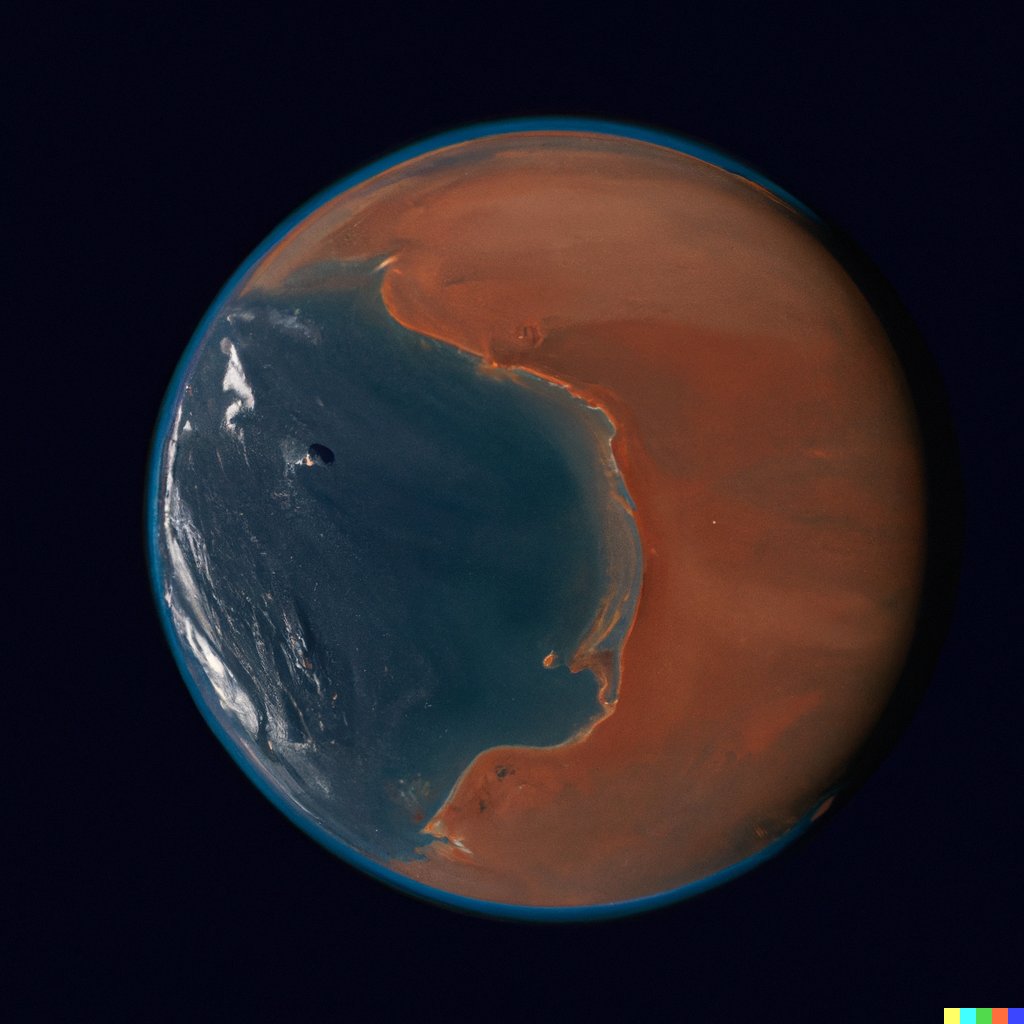
Adam Stoer
@adamcstoer
Followers
36
Following
31
Media
3
Statuses
24
ocean sciences at Dalhousie
Halifax, Nova Scotia
Joined October 2021
(1/🧵) How much of Earth's phytoplankton do space satellites not "see"? Can chlorophyll from satellites reliably describe phytoplankton biomass? 🛰️🦠. In our new paper in @PNAS, we answer these questions with a fleet of undersea Argo robots 🤖🌊:.
2
20
60
Thank you Paula Gale for having me on the CBC's The Broadcast to talk about our latest research on estimating Earth's phytoplankton biomass with Biogeochemical-Argo floats!.
cbc.ca
We explore the ocean through a climate change lens. We strive to make the ocean healthier by listening to those who work on it, study it, live next to and are inspired by it. We help you understand...
0
0
0
(10/🧵) Take-aways from this paper:.1. @bgc_argo robots are needed to properly monitor Earth's phytoplankton since they detect these organisms where satellites can't. 2. Satellite chlorophyll should not be used to describe phytoplankton blooms: it is a poor stand-in for biomass.
0
0
3
(2/🧵) In the study, we use the global fleet of @bgc_argo floats to detect the phytoplankton otherwise "hidden" below the sea surface. These robots drift in the ocean for several years, all while collecting data on phytoplankton biomass throughout the water column.
1
0
0
RT @US_OCB: Register now - October 16 BGC Argo webinar: Comparing BGC-Argo observations with models-
0
1
0
I'm very excited for this!.
Countdown to the next @GO_BGC webinar! Jan. 31 on carbon export dynamics with Ellen Park (@WHOI) and Adam Stoer (@DalhousieU) - titles, abstracts, and registration link at @TakeshitaLab @bgc_argo
0
0
0
RT @US_OCB: Countdown to the next @GO_BGC webinar! Jan. 31 on carbon export dynamics with Ellen Park (@WHOI) and Adam Stoer (@DalhousieU) -….
0
5
0
RT @FrontMarineSci: New Research: A census of quality-controlled Biogeochemical-Argo float measurements: Biogeochemical- (BGC-) Argo aims t….
frontiersin.org
Biogeochemical- (BGC-) Argo aims to deploy and maintain a global array of autonomous profiling floats to monitor ocean biogeochemistry. With over 250,000 pro...
0
1
0
RT @KatjaFennel: Can we create diurnal cycles of carbon biomass in the ocean from composite BGC Argo profiles of backscatter?✅.Can we use t….
0
9
0

